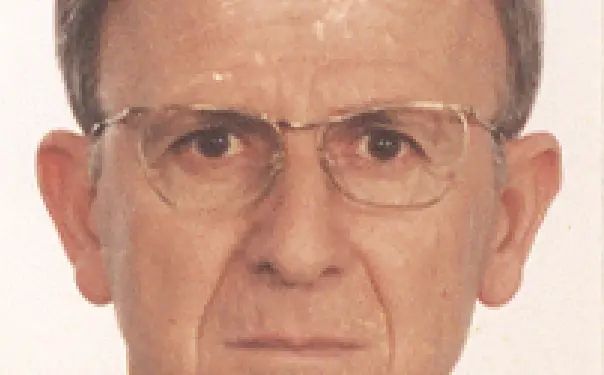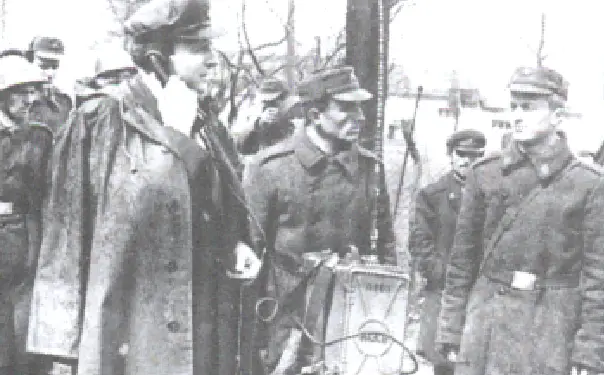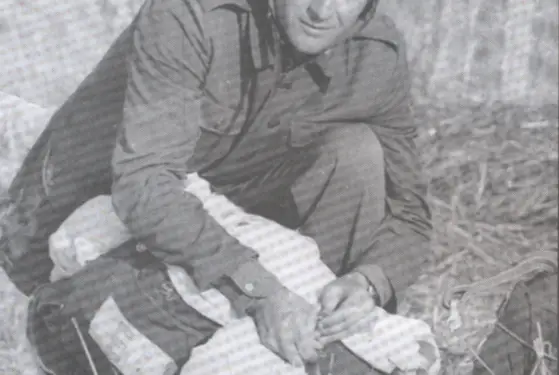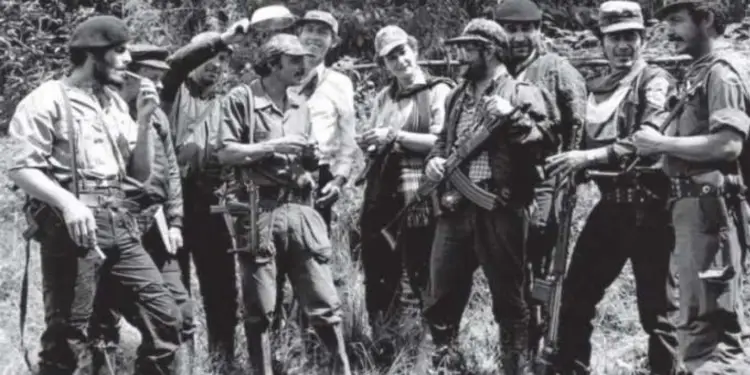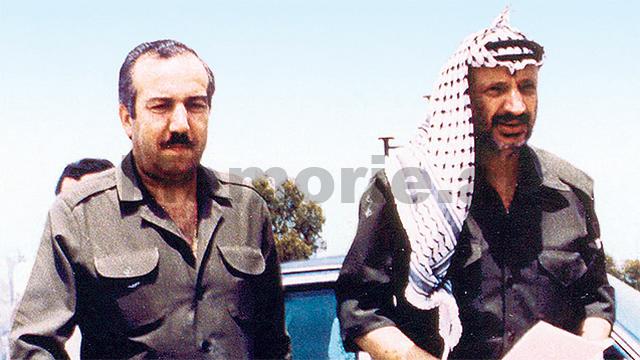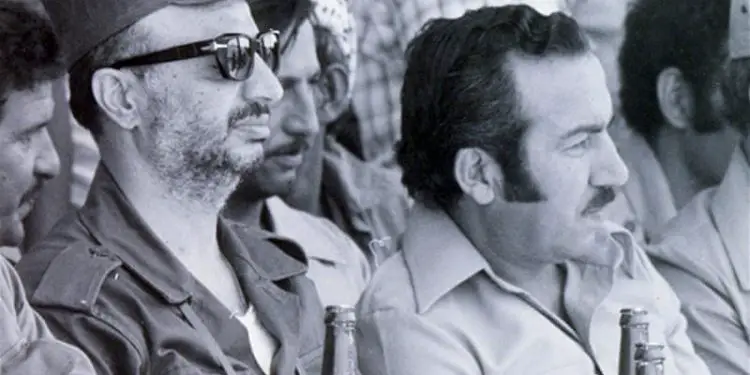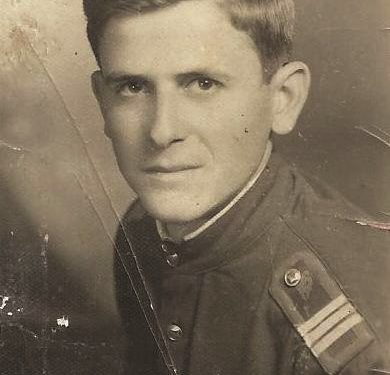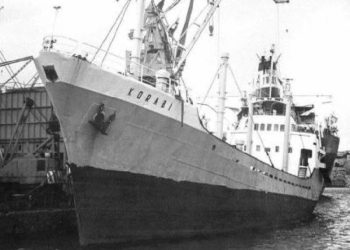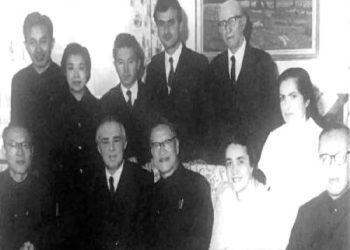Dashnor Kaloçi
Memorie.al publishes the rare testimony of the former senior military, retired lieutenant colonel, Gani Elezi, one of the officers of the Intelligence detachment in Zall-Herr, Tirana, who in ’71, for six months in a row trained an Al-Fatah group of Palestinians. What were the priority exercises that the Arabs were subjected to and why did they demand that their preparation focus on guerrilla warfare in cities, explosives and operations against helicopters …?!
In the early 1970s, in one of his books, entitled “Imperialism and the Revolution”, which the former communist dictator of Albania, Enver Hoxha, and the propaganda of the regime of that time considered one of the masterpieces his, among other things, wrote: “The world revolution is now not only an aspiration of oppressed peoples, but an obvious problem posed for solution.” In this context, starting from the delirium that had involved Enver Hoxha at that time, (who after the breakup with China, claimed to be the only Marxist-Leninist leader of the world proletariat) the senior communist leadership of the ALP, gave ok and began to receive in Albania many delegations, individuals and different groups from the five continents of the world, whom he considered friends, Marxists-Leninists and revolutionaries who fought for the triumph of the World Revolution. A part of these groups that represented the political wing of the communist parties with which the ALP was affiliated, came to Albania on the occasion of the ALP congresses, or for vacations in the leadership villas, while other groups that represented the military wing of the ALP. their parties, came here to train militarily. In this context, a few years ago, on the proposal of Enver Hoxha and the decision of the Politburo, the senior Albanian leadership had opened a special fund in foreign currency (millions of dollars), called the “Solidarity Fund”, which was intended to help and fund these various parties and groups, many of which were ghosts. One of those groups of the military wing that came to Albania at that time, was that of the 30 Palestinians of Al-Fataut, who in January 1971, for six months in a row trained at the Intelligence detachment in Zall-Herr, Tirana. , which at that time constituted one of the elite units of the Albanian Army. In this regard, testifies exclusively for Memorie.al, the former senior military and retired lieutenant colonel, Gani Elezi, one of the officers of that special unit that was in charge of training and leading that group of Palestinians.
Mr. Elezi, how do you remember the beginning of your work with the Palestinians, and who communicated that task to you?
At the beginning of 1971, when I was the commander of the company at the Intelligence detachment in Zall-Herr, Tirana, (which was a special unit directly subordinated to the General Staff of the Army) the commander of that unit, My superior, Qani Abazi, called me to his office and said: “A group of 30 Palestinian fighters will come to train with our unit for a period of six months, and you will be in charge of this group. “This is a state secret and all tasks will be implemented in accordance with our military regulations.” After that, we discussed all the necessary modalities that were needed for the preparation of that group, starting from their accommodation in our ward (sleep, food, clothing, etc.) to the training program that we had to do specifically for them. They were all young boys between the ages of 23 and 30, and came to us in their characteristic Arabic outfits with headscarves on. They were all Palestinians, but came from different Arab countries such as Egypt, Syria, Jordan, Lebanon, etc. Among them were others who came from European countries such as Germany, Yugoslavia, etc., where they had been studying. All members of the group were highly educated, and a very small number had dropped out of school to come here.
How was their body and how did it work?
They had a political leader and a military. The political leader was called Zijat, (I do not remember the last name) and the military leader was called Yasin Mutllak. But, I’m not sure if these were their real names, or nicknames. The whole group had a compact organization and discipline and they obeyed Yassin, who was their almighty.
Who brought them to the ward and under what conditions were they accommodated in your ward?
In our ward they came accompanied by representatives of the Ministry of Defense, traveling there in covered military vehicles that were then in use by our Army. Prior to their arrival, we had taken all measures in order to create all the necessary conditions within the premises of the ward. For this we had prepared a classroom for learning, two good rooms for their sleeping, as well as a separate kitchen that would cook food just for them. We tried and the conditions we created were better than those of our officers and soldiers of that ward.
Who drafted their training plan and what did it envisage?
According to the instructions of the commander of our Intelligence detachment, Qani Abazi, (who communicated to us what they did before their arrival), their training program would be compiled down to the level of the reconnaissance group, or to put it more accurately, at the level of infantry platoon. So, in short, their training would be unified with a reconnaissance company of our ward. Based on this instruction, the program for their training was drafted by me and some of my colleagues and it was approved by the command of our unit. That training program consisted of tactical preparation and knowledge and use of infantry light weapons, including combat firing with these types of weapons. In addition to these disciplines, in their training program, other subjects were included such as Chemistry, Genoa, Topography, and physical preparation. I personally took charge of the tactical preparation, the fire preparation and the physical preparation, thus taking over the leadership of the entire group of Palestinians.
Can you tell us more specifically, what was the training they perform in your ward in these military disciplines and the types of weapons you mentioned above?
First of all, I would like to clarify that the training program that we had prepared exclusively for them, consisted not of the actions of large combat units, but of small guerrilla warfare groups, which would operate in other cities and inhabited centers, mainly on enemy rear. In the tactical preparation, topics were elaborated that realized their ability to lead small subdivisions militarily, such as squads, infantry platoon, etc., in the main types of combat in attack and defense. But in particular, topics were developed that had to do with characteristic actions of the Intelligence subdivisions, such as ambush operations, actions during the search for captives, actions to detect and hit specific targets of the opponent, etc. In preparation for fire, they were programmed and given knowledge of the use of all types of infantry light weapons, ranging from pistols, rifles, automatic, light and heavy machine guns, anti-tank grenade launchers, hand grenades, to the 75 mm anti-tank ball. In the engineering training, knowledge was given, especially in the knowledge and use of explosives in the framework of combat operations against various enemy objects, for the detection of engineering obstacles and minefields, the opening of paths and the passage between them, etc. In the anti-chemical preparation, knowledge was given about the use of personal means of anti-chemical protection such as anti-gas, light sets of anti-chemical protection clothing, etc. Topography developed topics related to their ability to orient and navigate through topographic tools and maps in any terrain and weather conditions. In the physical preparation, topics of general physical preparation were developed and especially the topics of the actions of the match face to face with the opponent, for the passage of water obstacles, the passage of broken mountain terrains with mountaineering tools, etc.
But were they interested in any particular training, and what was their priority?
They were interested in city-based and anti-helicopter drills, which we were somewhat close to, as we had no experience in these areas. But a solution was found and we met that request that they had as the second point of their priorities?
What about the first point of their priorities, who was it?
The first point was the acquisition and use of all types of personal weapons from the pistol to the anti-tank. And as the third point of their priorities, came the use of engineering, chemical and topographical weapons. Here as the most special was the preparation of explosives, which occupied a large place in the program. Given the fact that at that time our Intelligence units were making a special preparation to operate in enemy rear, we gave them our experience, teaching them how to bring mines and other explosives to enemy targets.
How many hours of training did the Palestinian group perform per day and in what language did you communicate with them?
They did one hour of morning exercise and another six hours of training a day, according to the theoretical classroom and practical program in the training ranges and fields. All lessons and communication with them were done in English, through our translators, such as: Besnik Selenica, who came there from the Intelligence Directorate of the Ministry of Defense, and then Bashkim Bashllari, also this Intelligence officer. For a very short time Ilia Zhulati, who was a very good English language specialist, also served as a translator. But gradually I too began to teach directly in English myself, as I mastered it to some extent. Which made my job a lot easier, because in this way I was able to better explain the tactical concepts of the exercise and the other requirements of military training in general. In the case of explanations with translators, it was difficult to achieve full clarification of those specific requirements, especially in tactical preparation./Memorie.al
continues tomorrow




